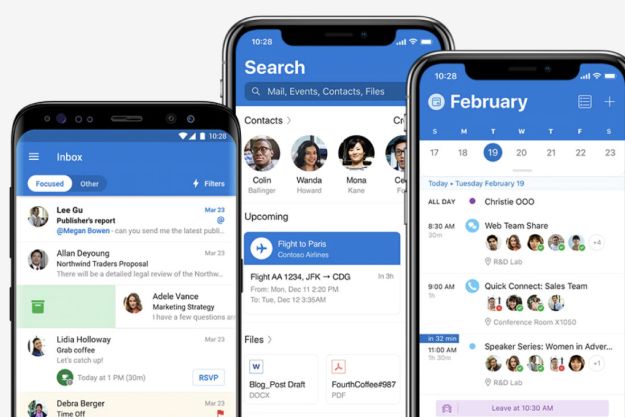
Much like the Archos 7, the Journe uses a 7-inch, 800-by-480-pixel touch screen to fit into a handheld form factor. It runs a version of Windows CE 6.0 that has been tailored to perform both traditional PMP duties, like playing music and video, as well as tasks that leverage its larger screen, like mobile Internet browsing, viewing photos, and reading RSS feeds.
But the real differentiator lies in its USB cradle, which allows the Journe Touch to dock and connect up to a high-def TV via an HDMI cable. Toshiba hasn’t yet detailed whether it will play full 1080p HD or just 720p, but the relatively weak ARM processor inside suggests the smaller of the two. One major caveat: The device will only come with 1GB of internal storage, making the SD media card slot essential for carrying much content at all. It maxes out at 32GB capacity.
According to the UK’s Mirror News, Toshiba also plans to develop an app store for the device, opening it up to third-party developers. Preloaded applications at launch will include Picasa, YouTube, Facebook and Flickr.
Toshiba will launch the Journe Touch in the fourth quarter of 2009, with a price tag of €250 (about $350 USD). More details can be found at Toshiba UK.

Editors' Recommendations
- How to keep your Microsoft Teams status active
- The most common Microsoft Teams problems and how to fix them
- How to get GPT-4 for free
- How to delete a page in Word (including a blank page)
- How to clean a laptop screen without scratching it


